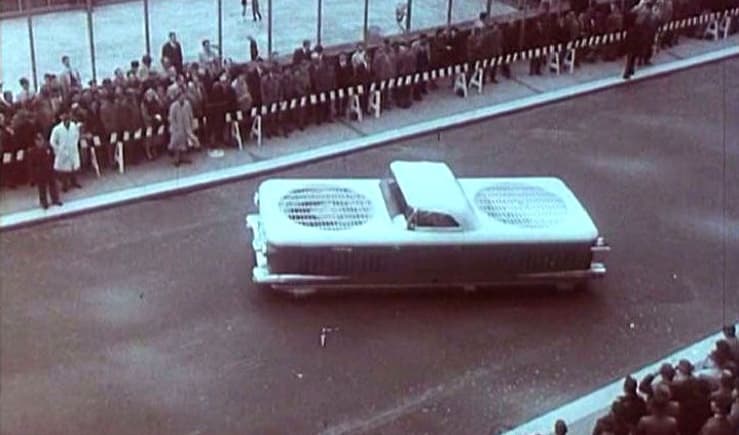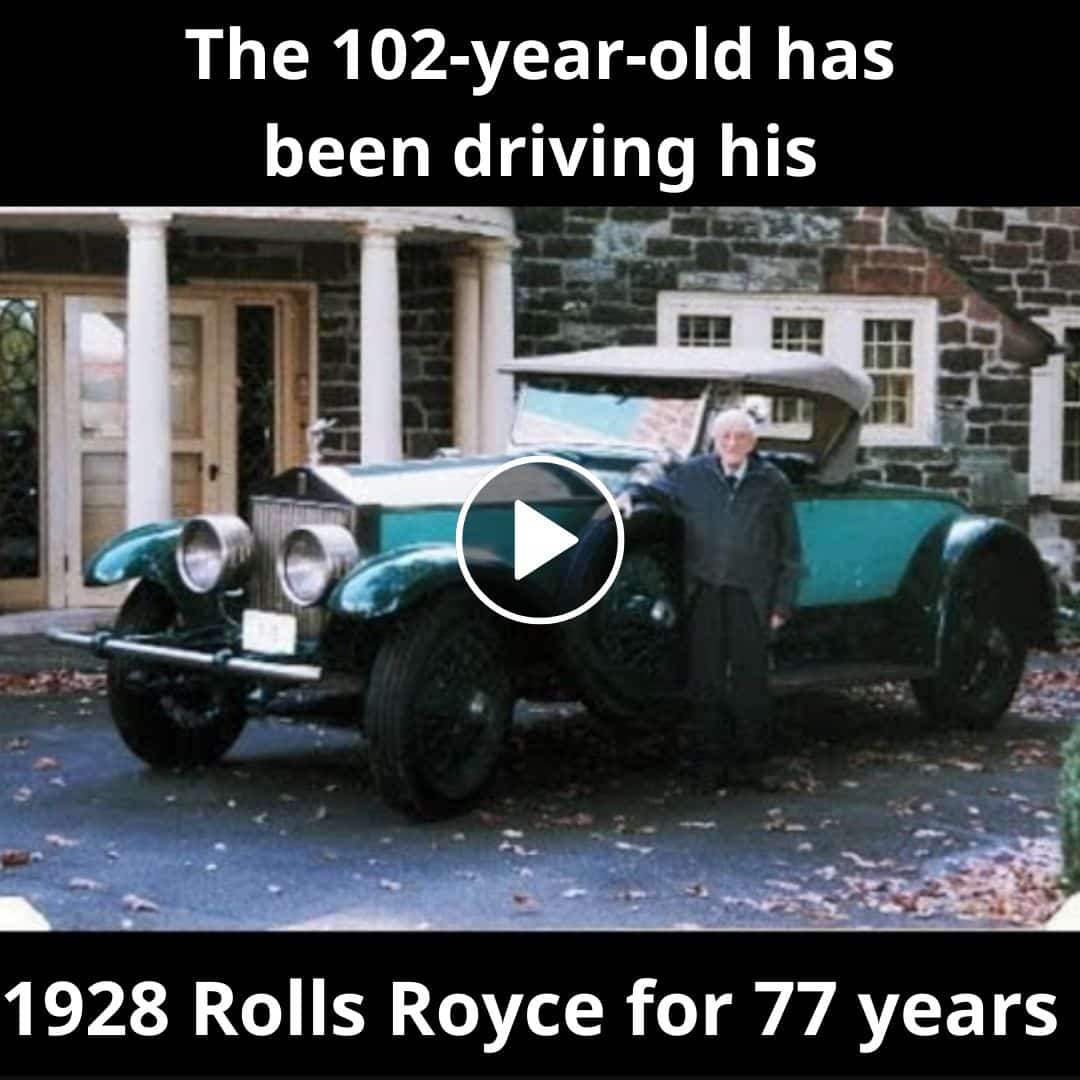The 1959 Curtiss-Wright Model 2500 Air-Car was an ambitious project that aimed to bring a new dimension to transportation. Developed by Curtiss-Wright, a renowned aviation company, this ground effect vehicle was envisioned as a futuristic alternative to traditional cars. In this article, we will delve into the details of the Air-Car, examining its development, military evaluation, limitations, and ultimate fate. Let’s take a closer look at this whimsical dream or potentially revolutionary concept from the past.
Development of the Curtiss-Wright Model 2500 Air-Car
Curtiss-Wright, with its extensive experience in aviation, embarked on the development of the Model 2500 Air-Car. This four-passenger commercial vehicle aimed to capture the public’s imagination by offering an air-cushioned equivalent of the family car. The Air-Car utilized two vertically mounted aircraft engines, each generating 180bhp, to provide the necessary lift. Unlike traditional hovercraft designs, the Air-Car employed a unique approach to steering, thrust, and braking. The air from the internal fans was directed through moving vents located around the sides, enabling maneuverability and control.
To enhance its resemblance to an automobile, the Curtiss-Wright designers incorporated several car-like features into the Air-Car’s design. These included dual headlights, tail lights, turn indicators, rudimentary bumpers, and even a convertible top. By integrating these elements, the aim was to bridge the gap between the conventional car and the futuristic ground effect vehicle.

Military Evaluation of the Air-Car
Recognizing the potential applications of ground effect vehicles in military operations, the Army Transportation Research Command showed interest in the Curtiss-Wright Model 2500 Air-Car. In early 1960, they purchased two Air Car machines for engineering and operational evaluation. These acquisitions formed part of an ongoing investigation into alternative vehicles for military use. The military evaluation aimed to assess the capabilities, limitations, and potential advantages of the Air-Car within the context of military operations.

Limitations and Abandonment of the Air-Car
Despite initial excitement surrounding the Air-Car, it soon became evident that the project faced significant limitations. The sleek lines depicted in pre-development marketing images gave way to a more rounded-off box design. The Air-Car’s dimensions were also notable, measuring a staggering 8 feet wide and 29 feet long. This size presented challenges in terms of practicality and maneuverability, making it unsuitable for all-terrain operation.
Furthermore, the Air-Car fell short in terms of speed and noise levels. With a maximum speed of only 38mph, it failed to match the performance expectations of a conventional car. The noise generated by the aircraft engines also posed a concern, limiting its potential applications in urban environments. These factors, combined with the limited seating capacity of just two passengers, contributed to the Air-Car’s downfall.
Following several months of testing and evaluation, the Army made the decision not to continue funding the Air-Car project. In 1961, the Air-Car was abandoned, unable to overcome its inherent limitations and achieve widespread commercial success. Despite its intriguing concept and early promise, the Air-Car ultimately failed to captivate the public and secure its place as a viable transportation solution.

Conclusion
The 1959 Curtiss-Wright Model 2500 Air-Car represented a whimsical dream that pushed the boundaries of transportation. While it offered a glimpse into a potential future, its limitations prevented it from becoming a practical reality. The Air-Car’s development and subsequent military evaluation showcased both its unique features and the challenges it faced. Today, we can look back at this ambitious project with a mix of fascination and recognition of its limitations. If you’re curious to see the Air-Car in action, we invite you to watch the accompanying videos and judge its merits for yourself. The dream of a revolutionary car may have eluded Curtiss-Wright in the past, but it serves as a reminder of the ongoing pursuit of innovation in the automotive industry.
